In an era dominated by digital innovation, where every moment is captured and shared instantly via smartphones and social media, an unexpected trend has been steadily gaining momentum: the resurgence of film photography. It’s a striking contrast—setting aside one’s cutting-edge iPhone in favour of capturing moments with a Fujifilm or Polaroid camera, despite the less-than-perfect image quality.
According to camera pros, this revival is more than just a nostalgic nod to the past or a quirky, nonconformist trend; it is a cultural shift that speaks volumes about our relationship with technology, art and authenticity, reflecting a deeper longing for simpler times and resonating strongly with today’s cultural zeitgeist.
Anthony Jackson, a training specialist at Henry’s Camera, observes that the trend of seeking out film photography is particularly prevalent among younger people due to their heavy engagement with social media and the challenges they face in disconnecting from their devices. He reasons, “They want a camera, but they also almost need a smartphone. To disconnect from their smartphone, they need to choose [another device] like a film photography camera.”
Shooting with film also demands patience and presence, encouraging folks to focus on the moment and the subject rather than the screen. “When you’re taking pictures, you’re really not thinking about anything other than composition and colours; you’re out there in the real world, seeing people face-to-face” and providing a refreshing break from the always-on nature of smartphones, Jackson adds.
While digital cameras can also create a sense of detachment, Claudia Mac, manager of Downtown Camera, an independent photography store in the heart of Toronto, highlights the distinct charm of film photography. She points out that the rise of social media has fostered an “obsession with perfection.” AI, filters and editing apps contribute to meticulously curated feeds that present a polished-yet-often-unrealistic portrayal of life. In contrast, film photography “embraces imperfections.” Blurry shots, unexpected double exposures and subtle colour variations are celebrated rather than corrected, allowing photographers to capture moments as they truly are without the pressure to conform to social media standards.
Mac likens this appreciation for imperfection to “shopping for vintage clothing [with signs of age]” or “listening to vinyl records with scratches and echoes.” She adds, “There’s something about imperfection that makes it real. And I think we should all embrace it. Nothing should be perfect. Because nobody’s perfect.”
The process of film photography, albeit rewarding, comes with a caveat: it is time consuming, costly and, as Jackson puts it, “a little bit of a guessing game.” He says, “You could either think of it as really cool or the worst thing ever,” depending on your artistic expression. He points out that a standard roll allows only 36 photos, equating to about a dollar per shot. “So you certainly [have to] think before you shoot more”—a contrast to the infinite shutter clicks of modern cameras that we are acclimated to.
The full process includes loading a roll of film, manually adjusting camera settings and waiting for the developed photos. “It’s 20 times more risky [than a digital camera],” says Jackson, because you won’t know if you got the shot until it’s developed, and “you still have to pay for those photos to get back and realize [they might all be] destroyed.”
Mac shares that when her team is developing film, they often have to be “the bearer of bad news, and [many times] the shot is from a very special occasion.” She adds, “You have to accept that you’re taking a risk, or you shouldn’t be shooting with film photography.”
Younger photographers are increasingly drawn to the unpredictability and the intentional approach of shooting with film compared to other demographics––a trend Mac’s noticed among her clientele. She recalls a specific encounter where an older customer, purchasing a digital camera, observed a younger client picking up freshly developed film. Surprised, the older man declared he would never shoot with film again, citing its difficulty and praising the convenience of modern technology. In contrast, the younger client passionately defended film, arguing that the time and effort invested in each shot make one appreciate the resulting images more.
This generational contrast in artistic expression highlights the principles of slow living and instant gratification. Mac explains, “[Gen Z] love shooting on film because analogue photography is a surprise in a world where everything is so instant.” Jackson agrees, pointing out that the younger generation, especially Gen Z, is “dying for this type of interaction with a camera” more than any other demographic, as they are the first to have grown up entirely in the digital age.
Mac uses the analogy of cooking a meal to further illustrate this point. “We have amazing microwaves and stoves that can cook our food instantly. Why do we still barbecue?” She explains that we’re more likely to appreciate what we cooked when we spend more time and effort on the process: gathering and heating the charcoal, cleaning and oiling the grill and then cooking the food. She also notes that barbecued food has a distinct taste and the ambiance is different. Instead of preparing and eating the food in the kitchen, you are outdoors, enjoying the experience.
Aesthetics and artistic expression aside, in a time when tech is constantly changing and devices quickly become outdated, many prefer the manual nature of film cameras and the stability of “[purchasing] something once that is going to last much longer” over the fleeting lifespan of modern gadgets, explains Jackson. Mac adds that many photographers value the reduced electronic footprint and the chance to repurpose and reuse equipment.
As more photographers embrace film, they not only revive what she describes as a “disappearing” art form, but also foster a community built on shared values and a passion for creativity and “something real.” This revival is not just about capturing images; it’s about capturing moments, stories and emotions in a way that’s deeply personal and profoundly meaningful. “I always describe that film kind of feels like Christmas morning to those people getting their rolls back from the lab,” Jackson reflects, noting how some “forget what they’ve actually taken on that roll,” allowing each image to gain value and evoke emotional resonance over time. Indeed, the enduring charm of film photography lies in its ability to enrich our present and inspire our future—in a snap. —Christina Armanious
Snag An Analog
Take a shot with Jackson and Mac’s favourite film cameras for preserving memories this summer:
- Polaroid Now I-Type
- Fujifilm X-T5
- Fujifilm X-T30 II
- Nikon Z f
- Nikon Z fc
- Pentax – K1000
- Diana F+ Camera and Flash Black Jack
- Lomography LomoApparat 21mm Wide-angle Camera
- Kodak Ektar H35 Half-Frame
- Yashica MF-1 Snapshot Reloadable 35mm
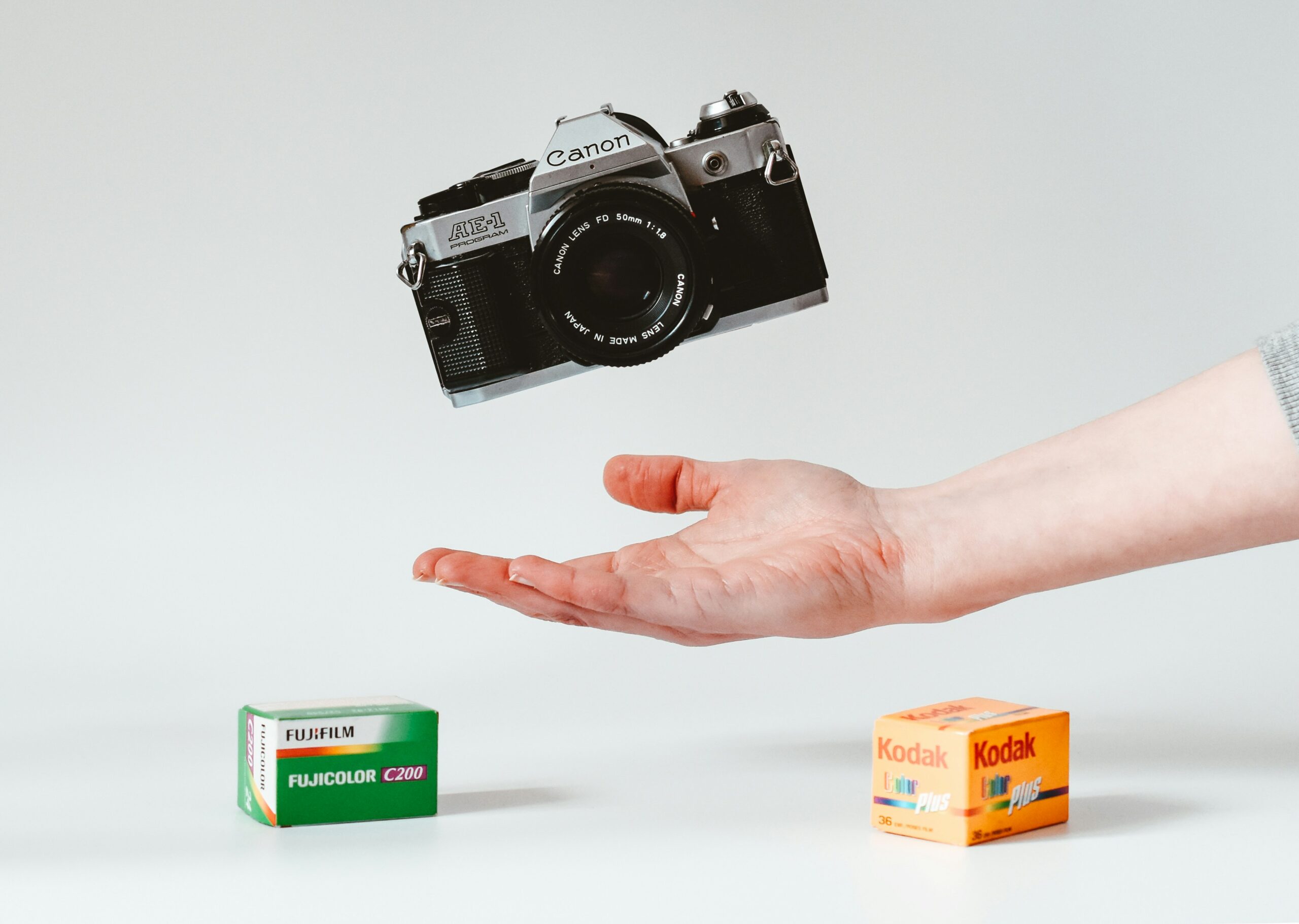
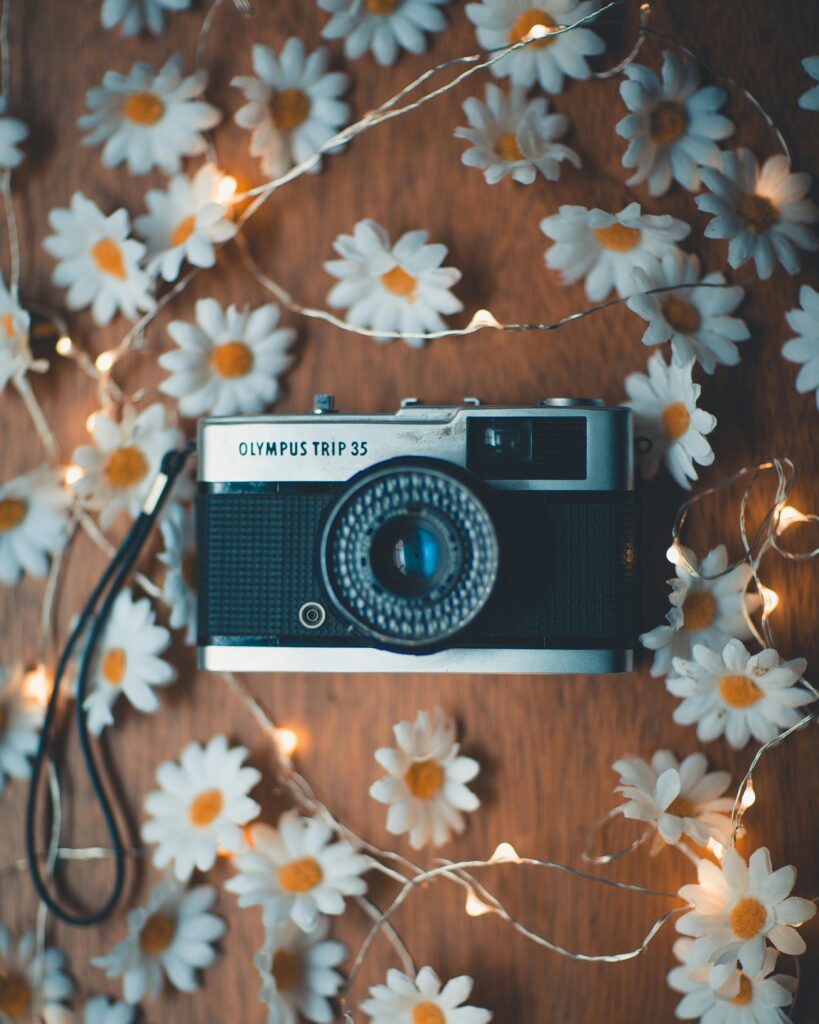
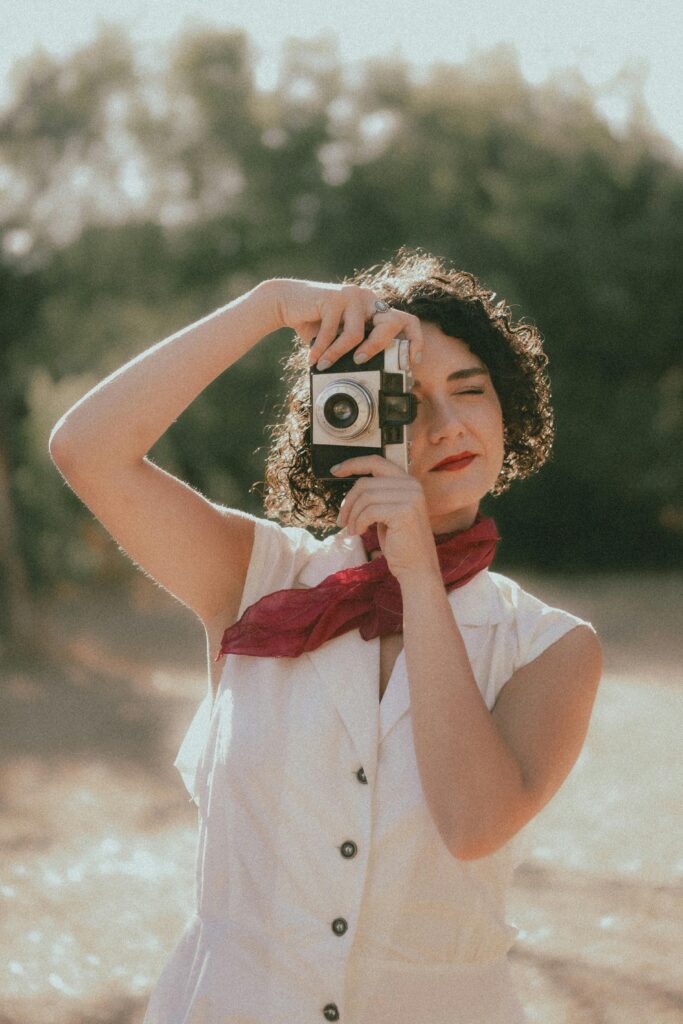
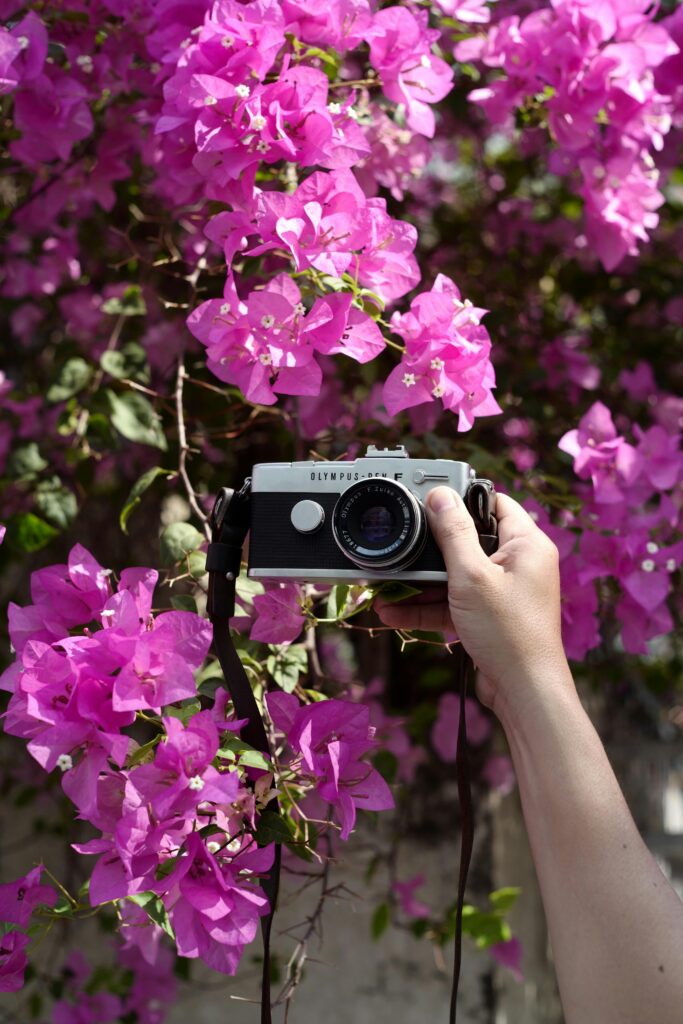
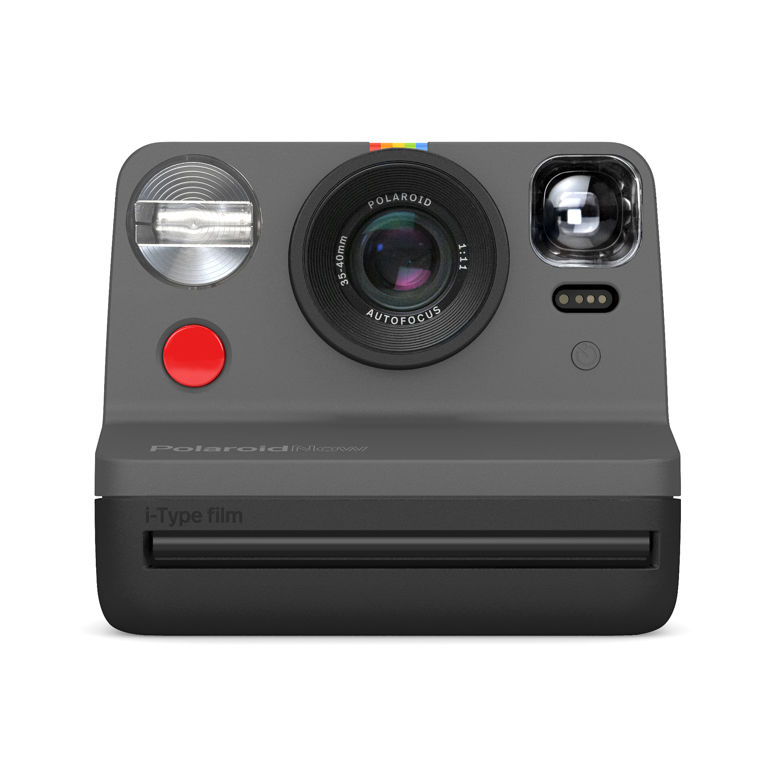
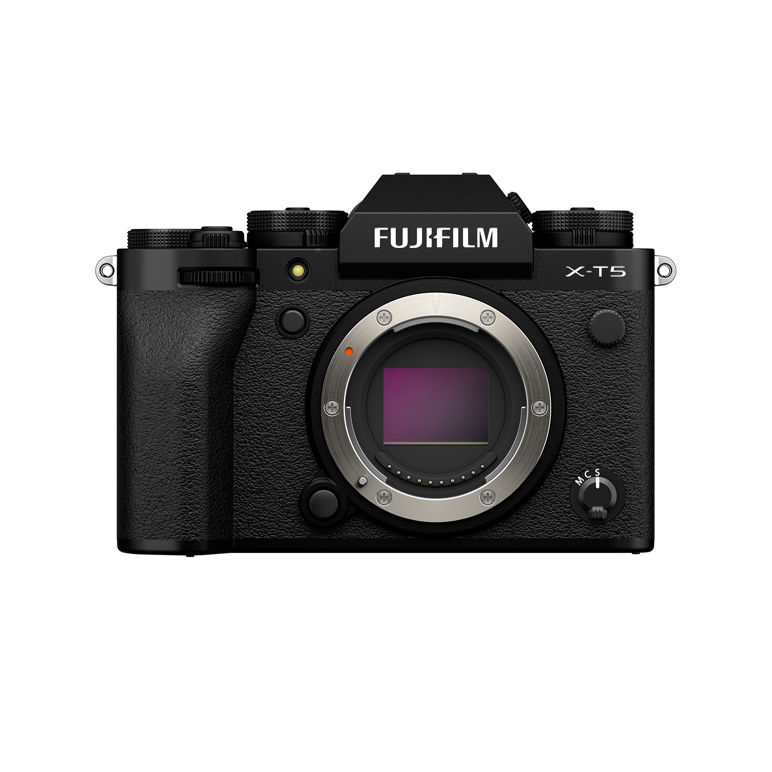
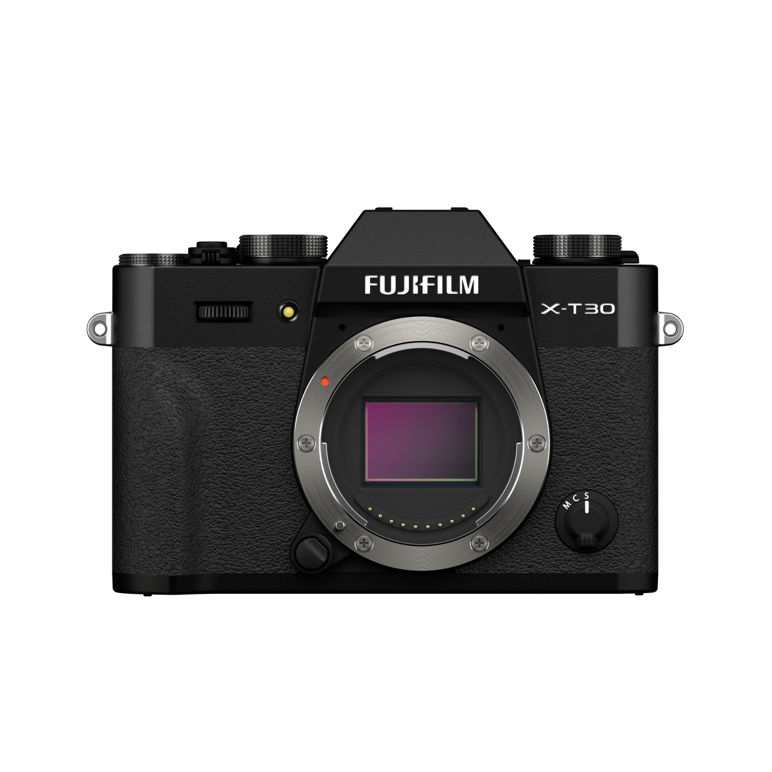
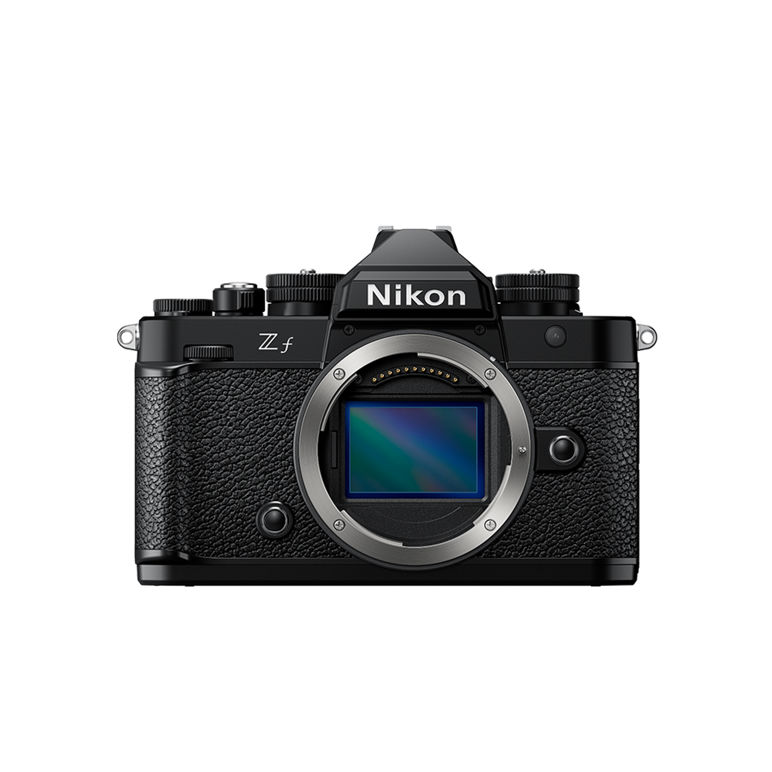
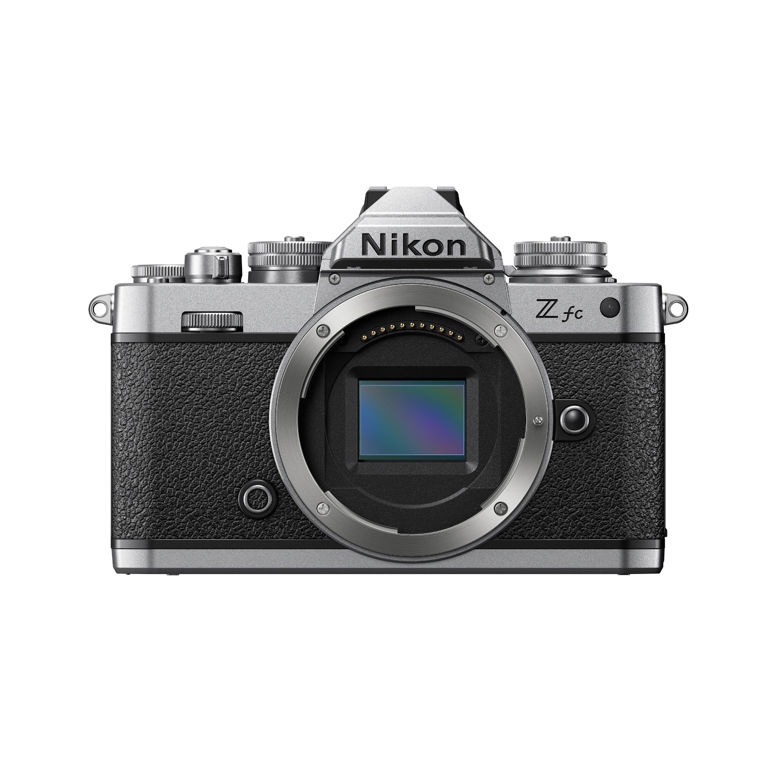
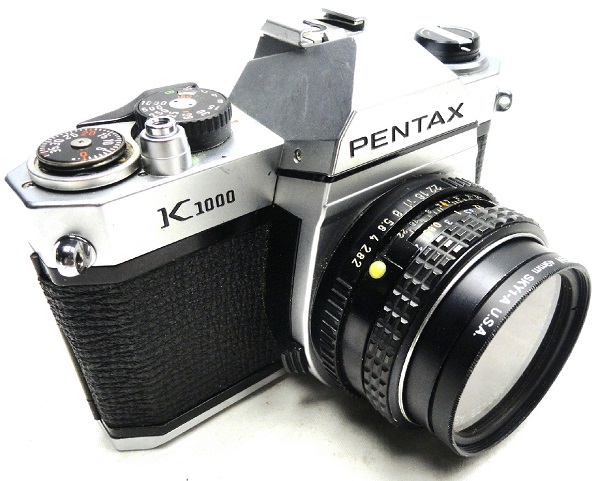
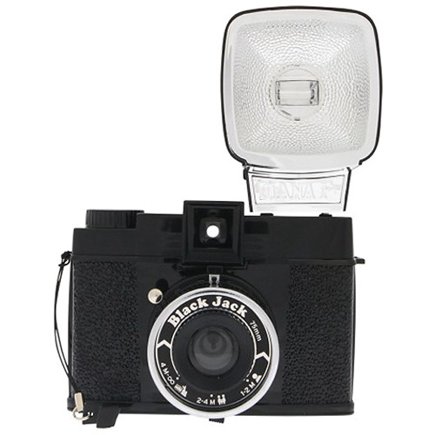
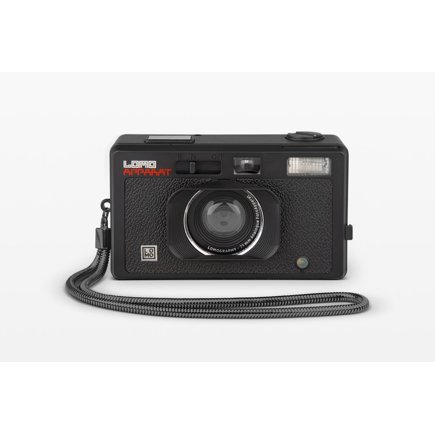
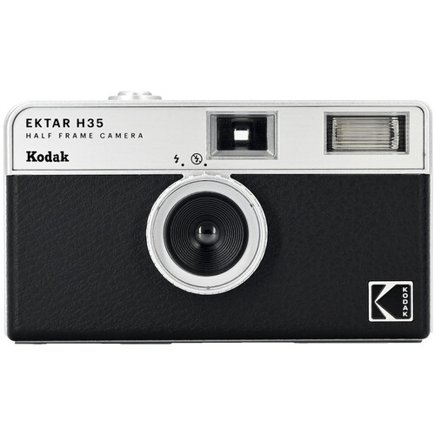
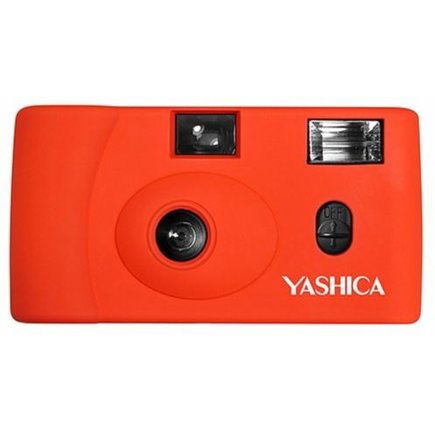
Be the first to comment